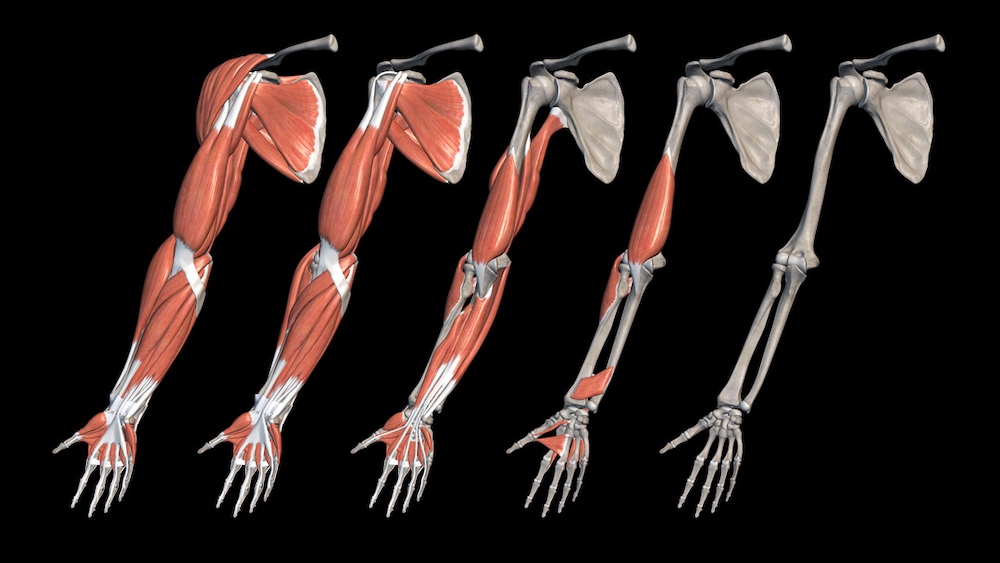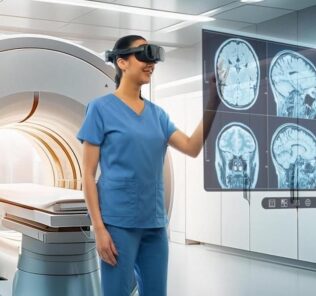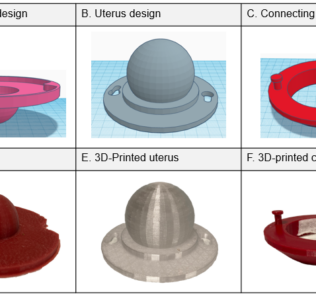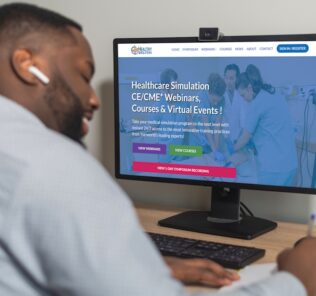Best Free Anatomy Apps for Mac for Medical Students
Free anatomy apps for medical students can help advance their understanding of the bodily structure of humans, animals and other living organisms from the convenience of their computer, tablet or phone. There are a number of these applications specifically designed for Macintosh computers, which are designed and marketed by Apple Inc. This article will share information about these free available anatomy applications, touching on how each is unique, what they offer learners and where they can be downloaded.
As the nature of medical education is that learners will progress in their training through stages, learners need to understand the basics of anatomy and physiology, or A&P. This is essential to understand the higher-level functions of differential diagnosis and clinical decision-making. However, A&P is not something that the learner will tackle early on and progress past. Rather, A&P should become integrated into mental models for judgment in every clinical encounter, including clinical simulation. Apps can help learners to view anatomy in this way.
The lessons a medical student learns when studying anatomy will provide them the fundamental understanding they need to assess, diagnose and manage patients in healthcare simulation and patient care environments. Since anatomy and physiology are so critical to learner success in the field of medicine and in terms of patient safety, many companies have developed freely available anatomy applications. This is to help medical students grasp anatomy-related content more efficiently. The guide below can help medical students find the best free anatomy apps for Mac, which can be a great help in light of the high cost of medical education.
Sponsored Content:
Anatomy 3D Atlas: As noted in the name of the app, this software allows you to manipulate a 3D version of the human body for a highly interactive experience that may be very effective for long-term retention of learning. Specifically designed for healthcare students, this app allows you to peel away layers of the human body, including muscles, organs and tissues all the way down to the skeletal structure.
For learners who may not speak English as a first language, this app may be the best choice with availability in 11 languages. Anatomy 3D Atlas also has an interesting feature that allows the learner to center and revolve their view on a particular structure. Downloading and accessing some features is free, with more content available to be unlocked with a purchase.
3D Anatomy Learning: For those looking for a completely free app with no in-app purchases, 3D Anatomy Learning is the way to go. While a bit more simplistic than some of the other options on this list, 3D Anatomy Learning can still be a great tool to study broader skeletal and muscular formations. In addition to musculoskeletal formations, this app offers several in-depth organ systems — including respiratory, reproductive, urinary and ear — for viewing in 3D. And while this bit of software is free, one can still perform the same 3D manipulations you can expect for paid apps.
Gray’s Anatomy Student Edition: Henry Gray is an important name in the history of medicine, primarily for the medical illustrations in his seminal work “Gray’s Anatomy,” first released in 1858. While these images may hail from a bygone era, much of the reason for this textbook’s lasting popularity is the stunning beauty of the illustrations found therein. All 1,247 of the images in this text have been digitized and put into this free app.
Sponsored Content:
While there is no 3D manipulation available since the app only features static images, this software may be an excellent choice for any medical student who learns effectively with eye-pleasing visuals. While all the images are free, there is an additional option to upgrade to a premium version for $1.99 which allows learners to take notes on specific images.
Anatomy Puzzles: “Like a jigsaw for your insides!” is this app’s claim to fame. Instead of focusing on 3D modeling, the software has taken the puzzle approach to human anatomy. This is an excellent choice for those who are interested in “gamifying” their experience with human physiology. Fourteen puzzles are totally free, with more available for purchase for a total of 84. Puzzle difficulty levels range from “Easy to Learn” to “Hard to Master.”
Skeleton 3D Anatomy: While some apps go broad and attempt to cover all aspects of physical anatomy, this software goes all in on only the structure of the skeleton. This can be helpful for those desiring to reduce cognitive load and just brush up on the musculoskeletal system. The skeleton itself can be viewed in stunning 4K and, to add icing to the cake, the interface is simple and clean, freeing the learner from distraction by confusing interactions. Some skeletal structures are available for free with others needing a purchase to be unlocked.
Complete Anatomy 21: This app offering from Elsevier is the most feature-packed app of all those listed so far. The 3D interactive/modeled anatomy is only the beginning — this is further layered in with options like 3D animations of circulatory systems, neurological pathways and muscular movement. This allows the learner to not just visualize the different components of the body, but to see how they move, respond and contribute to other systems’ functioning.
Since medical students are also expected to learn the reading of radiologic images, this app offers the ability to view radiology slides of the body while simultaneously comparing them to the 3D model. Additional offerings include over 1,500 clinical videos, microscopic modeling and even courses to help navigate available content. The app is available for a free trial with subsequent annual licensing if desired for long-term usage.
Learn More About Virtual Anatomy
Nathan Costiuc, MSN, APRN, FNP-BC, is a Nurse Practitioner and Healthcare Simulation Educator. He began his career delivering clinical simulation to nursing students, quickly realizing the industry’s potential to impact modern training for all healthcare professionals. In navigating better ways to deliver clinical simulation, Costiuc entered into the world of virtual reality, and now works as a Clinical Education Specialist for Oxford Medical Simulation. His passion is in using innovative methods and emerging technologies to reduce medical error, solve practical problems, and improve patient care. He also actively works with disabled veterans in the clinical setting.
Sponsored Content:





















